An Explosive Showdown: Sega and Nintendo Clashed in 1993 Hearing Battle
Reliving the moment when the famous console war heated up
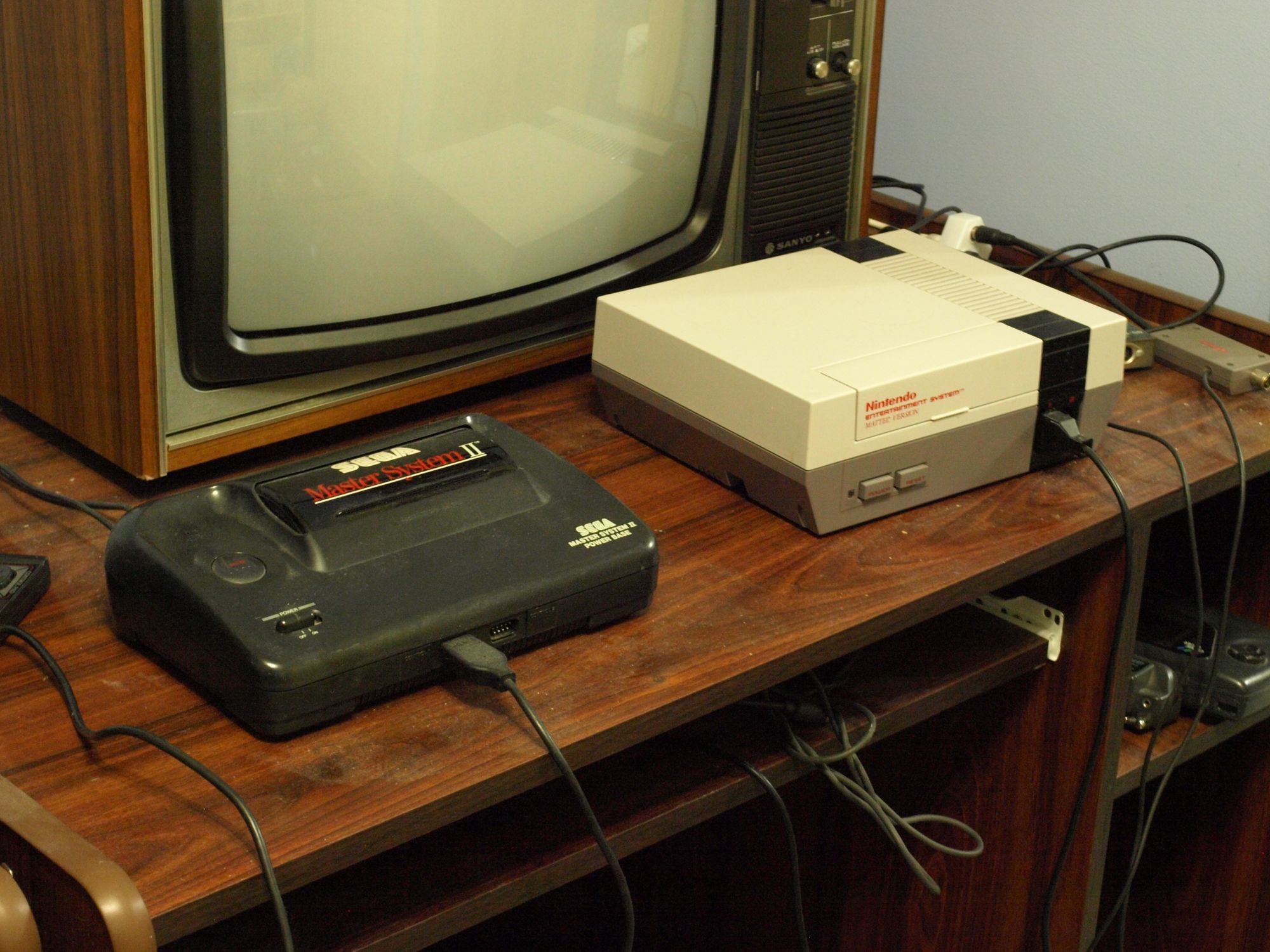
Gaming was at a pivotal point in the early 1990s. Nintendo had navigated the video gaming crash of 1983 with their focus on quality software. At the start of the new decade, the company had amassed a market share of 90% in the USA. Sega, with their new Genesis console, wanted to cross swords with the market leader. The stage for their intense rivalry was set during a 1993 Senate hearing on video game violence, transforming it into a public arena for this fierce battle.
Battles for the Ages
People loved the NES/Famicom in the 1980s. It provided gamers the opportunity to get lost in titles such as Duck Hunt, Mario Bros., Ice Climber, and more. Because of its popularity, the console’s game library grew to an impressive size.
The Sega Master System, its competitor, sold millions of units in Brazil and Europe, even though it is often seen as a failure. It could not break through in the USA, though. It did not help that games were relatively sparse, too.
To get a jump on the competition, Sega launched their 16-bit console, the Genesis, in North America in August 1989 — years before Nintendo released their new console. Of course, being a next-generation machine meant the Sega console was much more powerful. Sega didn’t let the public (or Nintendo) forget that fact.
From the start, in 1989, Sega’s print ads emphasized that “the powerful technology used in arcade games come home...”. Sega would also use the Genesis does what Nintendon’t slogan to differentiate themselves from their competitor. The confrontation had flared into a war.
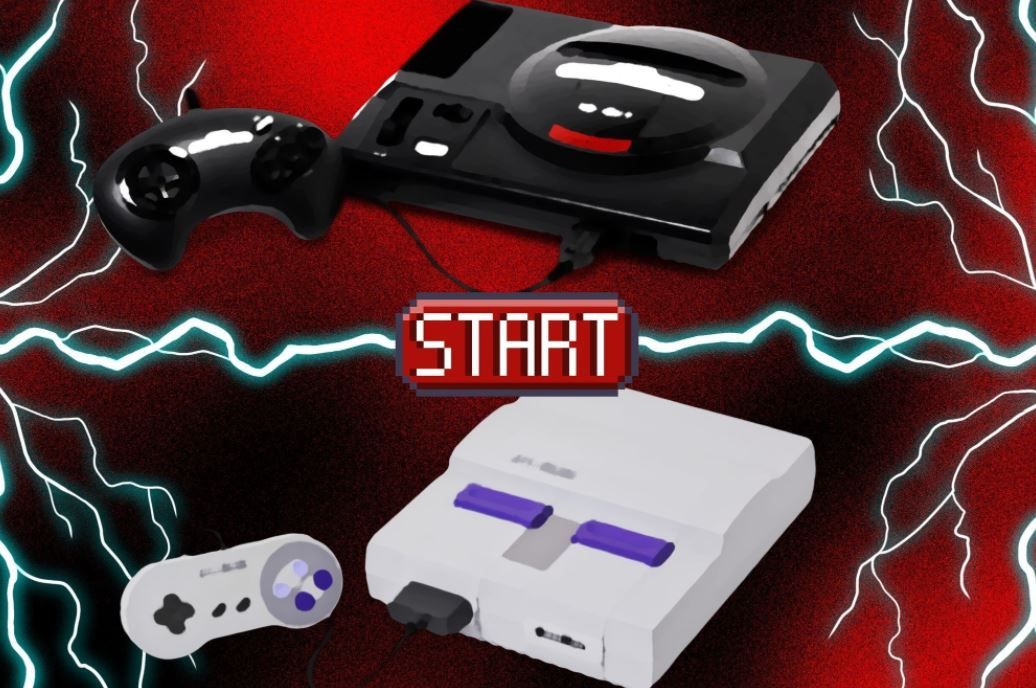
Two Faces Oppose Each Other
Thomas Kalinske, who had handled the turnaround of Mattel’s fortunes, became the head of Sega of America in 1990. Under him, Sega continued to push for a greater presence in magazines through print ads and features. That was not their only tactic.
Nintendo’s requirements for its third-party developers were quite strict. One did not easily earn the Nintendo Seal of Quality, after all. Sega offered developers a more relaxed approach, which appealed to many third-party developers. Electronic Arts chose Genesis as the platform for its sports games, for instance.
As President and Vice-President, Minoru Arakawa and Howard Lincoln directed Nintendo of America's direction, and games were still their primary focus. On the whole, they scrutinized their own operations, not the marketing war. One exception was in a print ad for the UK launch of Super Mario Land 2, where Nintendo asked:
Why did the Hedgehog cross the road?
To get to Super Mario Land 2.
The nature of the gaming landscape charged the conflict. In 1992, the violence of Mortal Kombat made it a hit with young gamers, but it also drew the eyes of lawmakers. It would create the circumstances that drew Sega and Nintendo into their own combat.
Words That Preserve a Stance
The release of Mortal Kombat on home consoles in September 1993 drew the ire of politicians. The Nintendo SNES version was censored, notably featuring sweat instead of blood when the fighters pummeled each other, but Sega allowed players to view the gore by putting in a code on the Genesis version of the game. To counter any accusations, Sega put its own age-rating labels on its games but these actions did nothing to quell the storm.
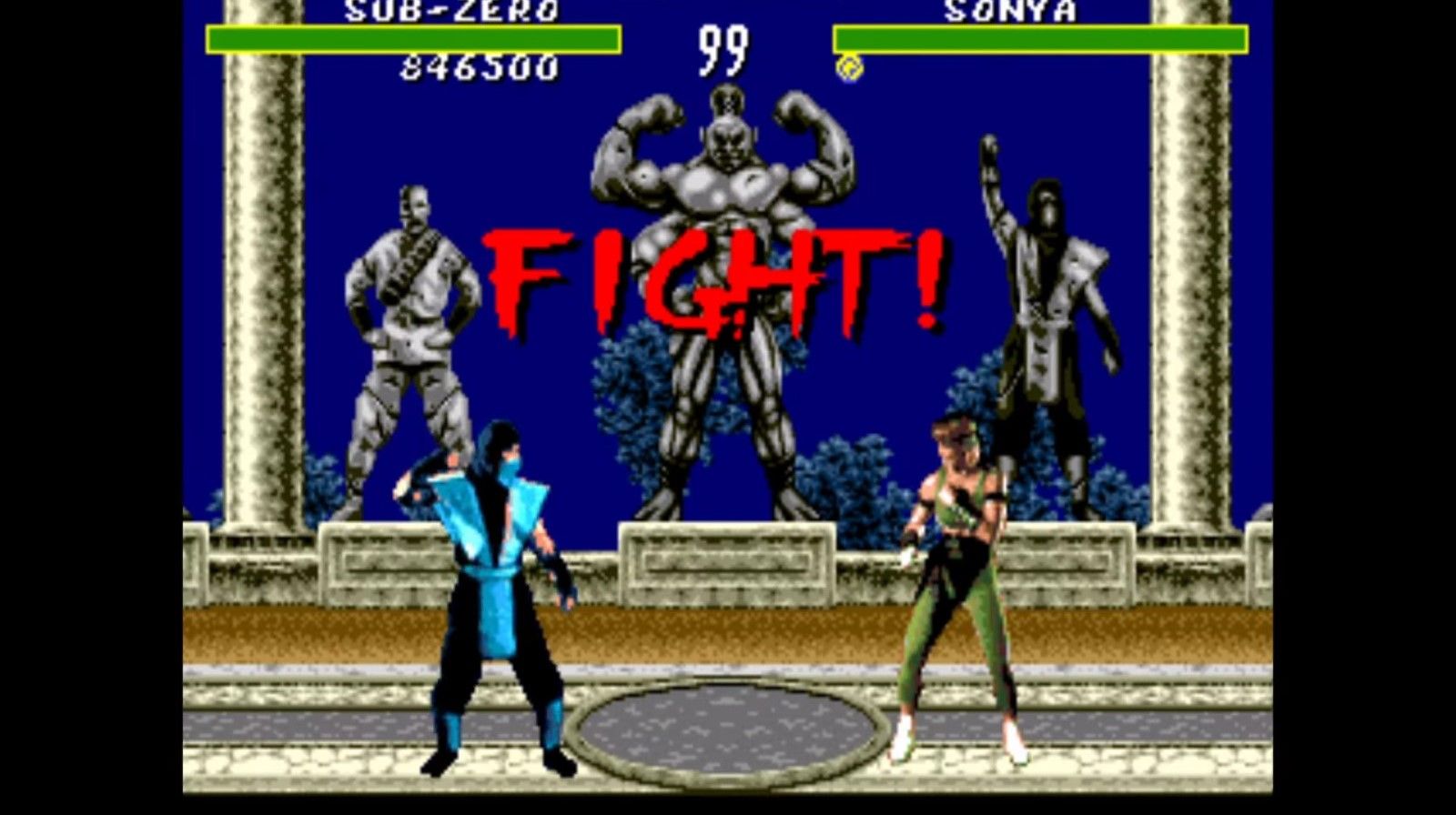
One day, a son asked his dad to buy Mortal Kombat for him. This was pretty normal. What was extraordinary was that his dad was Bill Andresen, a former chief of staff to Senator Joe Lieberman. Through this connection, Senator Joe Lieberman became aware of the game. He was not pleased. In December 1993, during a press conference, Lieberman shared:
We're not talking Pac-Man or Space Invaders anymore. We're talking about video games that glorify violence and teach children to enjoy inflicting the most gruesome forms of cruelty imaginable.
Video games had changed. Representations of on-screen violence grew more realistic on more powerful consoles. It was such a revelation that Lieberman chaired a subcommittee later that month.
Plastic Pins the Blame
Senators Joe Lieberman and Herb Kohl also increased the pressure through the sponsorship of legislation. Their bill would create an independent rating council if the gaming industry failed to act. Nintendo sent Howard Lincoln, their legal Mr. Fixit in America, to the hearings.
Bill White, Sega of America’s Vice-President of Marketing, was Sega’s representative. The company had sent White to unnerve Nintendo, who had still been his employer only a couple of months prior to the event. Former colleagues would have to face off against each other.
Nintendo leaked the details of the controversial Night Trap to the press before the hearing. By doing this, they aimed to distinguish between themselves and their competition. Nintendo wanted to craft the image that they were the responsible, family-friendly option. Howard Lincoln remarked on Night Trap during the hearing:
Small children bought this at Toys 'R' Us, and he [White] knows that as well as I do. When they started getting heat about this game, then they adopted the ratings system and put ratings on it. But today, just as I'm sitting here, you can go into a Toys 'R' Us store, or a Walmart, or a K-Mart, and you know as well as I do that you can buy this product, and no one, certainly no sales clerk at retail, is going to challenge you.
Bill White stated during the hearing that older gamers sought more mature experiences. He also pointed to a Super Scope, Nintendo’s first-party light gun peripheral, to make points that linked the company to gun violence. Examples of violence in unrated Nintendo games were also featured in his testimony.
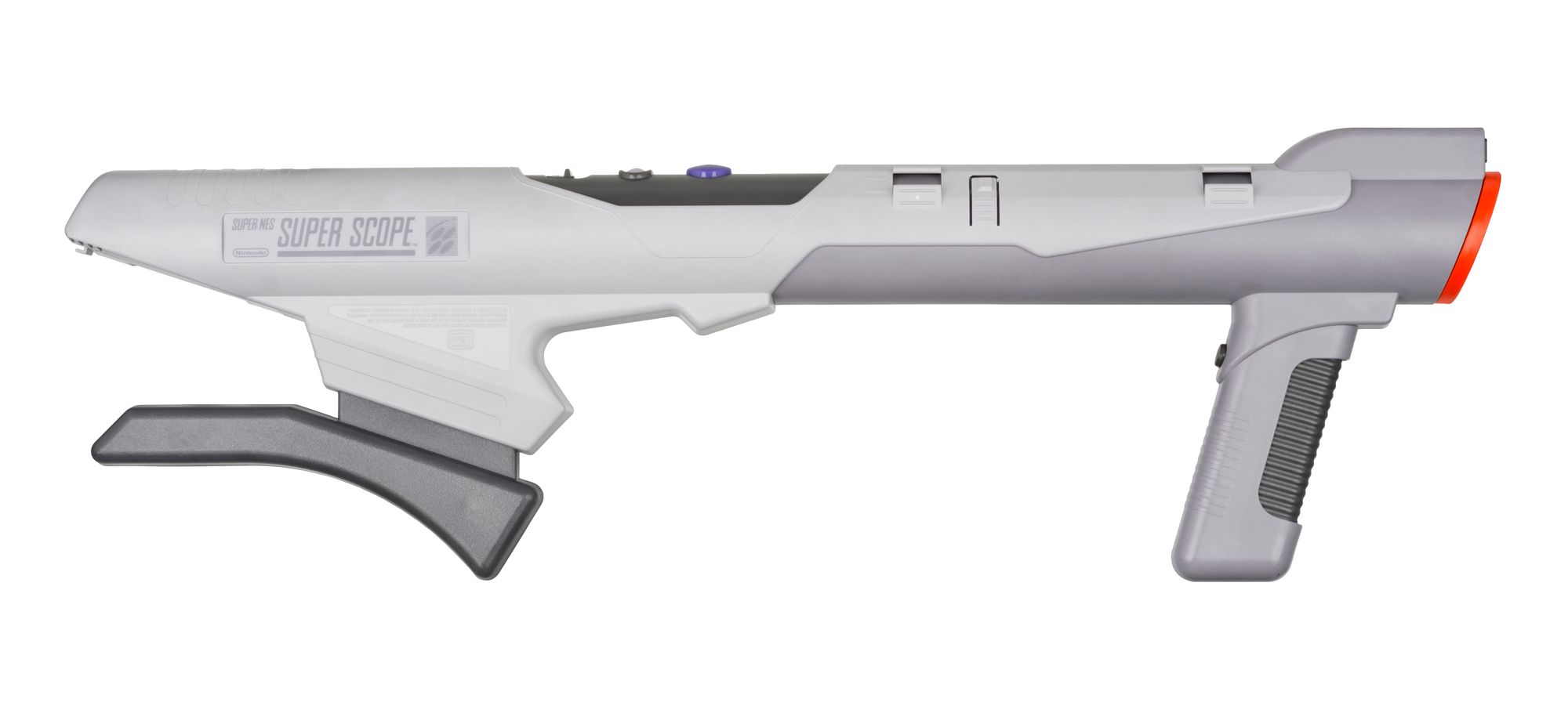
Sparks of a Trail
Nintendo, Sega, and other prominent gaming companies worked together to establish a ratings board in 1994. The meetings led to the formation of the Interactive Digital Software Association, which later became the Entertainment Software Association. The body would manage an independent rating system, the Entertainment Software Rating Board, beginning its work on 1 September 1994. All these measures were enough to placate lawmakers, in the end.
Did the testimony hurt Sega’s position in the market? The controversy seemed to boost the sales of Mortal Kombat’s console version, since it jumped up the sales charts during this time, becoming the best-selling SNES and Sega Genesis game in January 1994.
In addition, Sega’s uncensored version of Mortal Kombat helped the sales of its console. By April 1994, its share of the 16-bit console market was about 63%. It had taken the title of market leader.
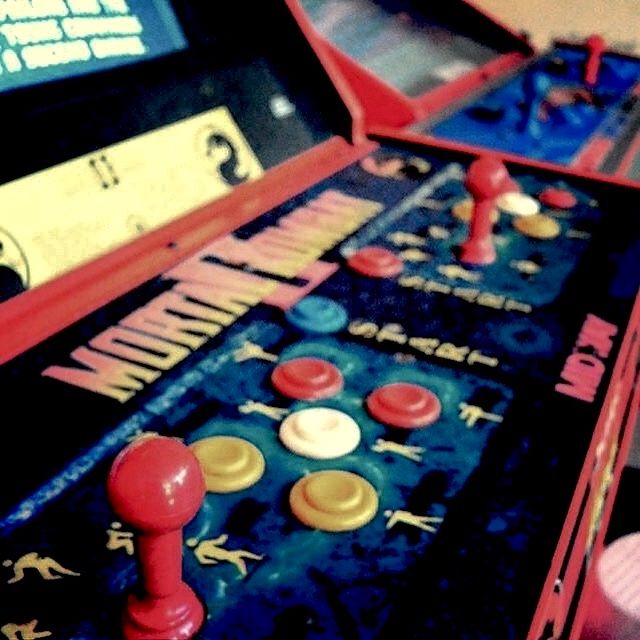
Nintendo learned much from the bitter confrontation. When Mortal Kombat 2 came to SNES in 1994, it was with all the gore intact, so to speak. They also courted different developers to produce a variety of games for their system.
The hearings of 1993 served as an announcement to the world. The video game industry would, henceforth, explore themes that many considered mature. On a public stage, Sega and Nintendo grappled with each other to establish whose approach was the best. Out of this clash, the gaming ecosystem evolved into a mainstream entertainment sphere.